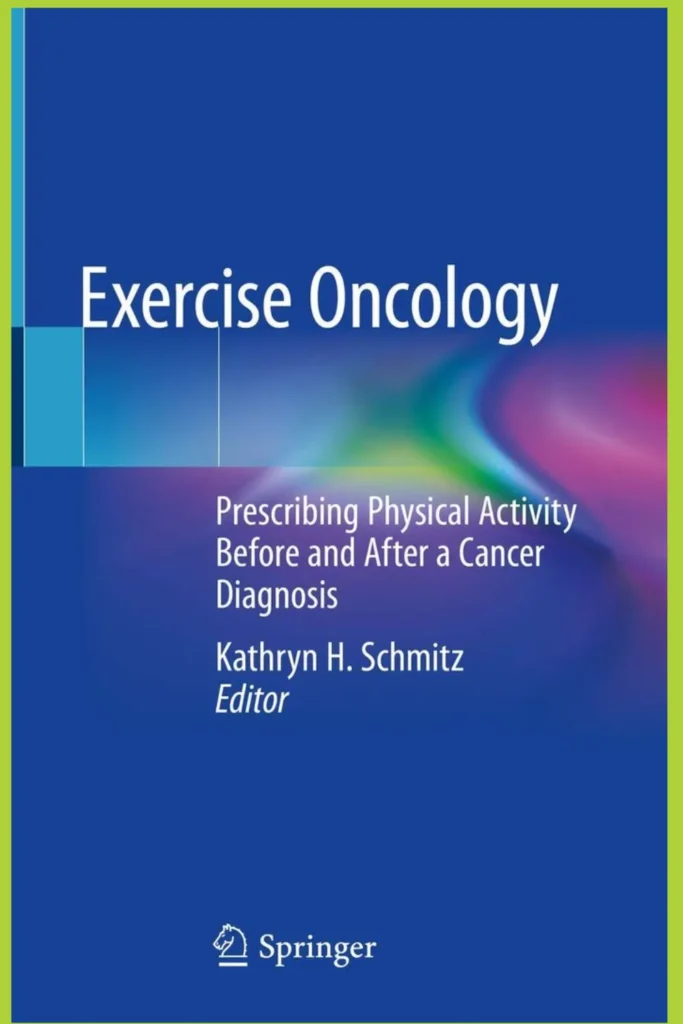Empowering Yourself Through Health and Wellness
Every stride, lift, and stretch is a step closer to a richer, more vibrant life. Fitness isn’t just about the reflection in the mirror—it’s a gateway to a world of empowerment and holistic well-being. Dive into the roots of your vigor, where every heartbeat echoes the rhythm of your determination.
The tapestry of health is woven with threads of physical activity, mental balance, and chronic disease prevention. As our bodies become temples of strength, our minds sharpen, with stress and anxiety yielding to the clarity brought on by a good sweat. Our modern era heralds an intimate link between lifestyle diseases and our daily habits—reminding us that a jog today could be the key to a healthy tomorrow.
Welcome to the journey of self-transformation, where fitness is the compass guiding you to a fully realized life. The path ahead is paved with hearty choices, rewarding challenges, and the ultimate treasure—lasting health. Unfold the map as we explore the empowering realms of health and wellness together.
The Importance of Physical Activity
Physical activity is not just a cornerstone of physical health; it’s the foundation upon which a fulfilling lifestyle is built.
The journey towards a healthier, more active lifestyle starts with recognizing the profound impact that movement and exercise have on our daily lives.
An active lifestyle can transform our outlook on life, ushering in an improved quality of life that extends far beyond the numbers on a scale or the reflection in the mirror.
It is a catalyst for change that can reduce the risk of chronic diseases, enhance our cognitive function, and boost our overall sense of well-being—making it an essential element of our daily routine.
Benefits of Regular Exercise
Regular exercise is much like a Swiss Army knife when it comes to health benefits—it has something for every part of your life. By integrating physical activity into your daily routine, you set a course for a healthier lifestyle. Here are some tangible benefits that regular exercise can offer:
- Reduced risk of chronic diseases: Fitness levels are inversely related to the risk of ailments such as heart disease, stroke, and diabetes.
- Maintenance of a healthy weight: Physical activity helps in balacing calorie consumption with metabolism.
- Improved cardiovascular health: Regular exercise strengthens the heart and improves blood circulation, which can lead to lower blood pressure and cholesterol levels.
- Sense of accomplishment: Achieving fitness goals boosts confidence and provides a sense of achievement.
- Stronger bones and muscles: Weight-bearing exercises improve bone density and muscle strength, reducing the risk of osteoporosis and sarcopenia.
Enhancing Mental Health through Physical Activity
The link between physical activity and mental health is undeniable. Exercise acts as a natural anxiety reliever and mood booster, due in part to the release of endorphins—often referred to as the body’s “feel-good” chemicals. In addition, it can contribute to:
- Mental clarity and cognitive function: Exercise promotes new brain cell growth and prevents age-related decline.
- Reduced symptoms of depression and anxiety: Regular physical activity helps manage these common mental health challenges.
- Stress relief: Engaging in physical activity can reduce stress levels and contribute to psychological well-being.
- Better sleep: Physical exertion during the day can help in achieving more restful and deep sleep at night.
The Role of Physical Activity in Maintaining Physical Health
The benefits of physical activity touch every facet of physical health, making it a crucial practice for a long and vigorous life. Here’s how regular activity protects and enhances our physical well-being:
- Boosts immune function: Moderate regular exercise can bolster the immune system.
- Enhances mobility and flexibility: Staying active keeps joints, tendons, and ligaments limber, reducing the risk of injuries.
- Optimizes organ function: Physical activity improves blood flow, helping organs function more efficiently.
- Aids digestion: Being active promotes a healthy digestive system, reducing the likelihood of constipation and aiding in digestion.
Adopting a regimen of physical activity, combined with a balanced diet and an active network of like-minded individuals, can lead us down the path to a life that’s not only longer but vastly more fulfilling. The determination to live an active life could be the most significant investment you make, with dividends paid in health, happiness, and longevity.
The Link Between Physical Activity and Chronic Diseases
The relationship between regular physical activity and the prevention of chronic diseases is well-established in the medical community. Engaging in consistent exercise mitigates the risk of developing conditions such as heart disease, diabetes, stroke, and certain types of cancer. According to the Centers for Disease Control and Prevention (CDC), physical activity can significantly reduce the risk of these illnesses, which are among the leading causes of death worldwide. The key to this protective effect lies in exercise’s ability to improve bodily functions, ranging from better glucose metabolism to enhanced cardiovascular health.
Preventing Chronic Diseases Through Exercise
Regular exercise is an effective strategy for the prevention of chronic diseases. By incorporating a variety of activities that elevate heart rate, strengthen muscles, and improve flexibility, individuals can create a well-rounded fitness regimen that caters to overall health. Here are some exercises that have been shown to contribute to chronic disease prevention:
- Aerobic Activities: Such as brisk walking, running, cycling, and swimming, which improve cardiovascular health and reduce the risk of heart disease and high blood pressure.
- Strength Training: Which preserves muscle mass and helps prevent osteoporosis and sarcopenia.
- Flexibility Exercises: Such as yoga and stretching, which maintain joint health and prevent arthritis.
- Balance and Coordination Activities: Such as Tai Chi, which can decrease the likelihood of falls, especially in older adults.
In addition to reducing disease risk, these exercises also regulate weight, thereby preventing obesity, a significant risk factor for many chronic conditions.

